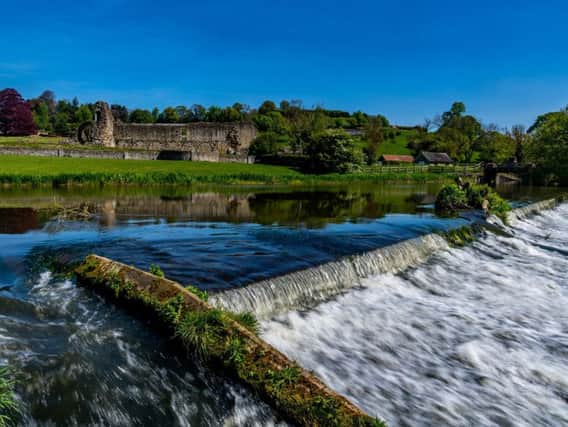How Kirkham Priory was used in preparation for D-Day landings of Second World War


But 75 years ago, it was rather a different story for what is now a peaceful tourist attraction close to the Yorkshire Wolds.
Britain and its Allies were preparing for one of the most daring and audacious military operations that the world had ever seen, a campaign that marked the beginning of the end of the Second World War.
Advertisement
Hide AdAdvertisement
Hide AdMeticulous planning went into the D-Day offensive in the months before troops stormed the beaches of Normandy on June 6, 1944.
Heroes to the last as Chelsea Pensioners prepare for D-Day tribute – The Yorkshire Post saysDetails revealed of national commemoration to mark 75th anniversary of D-DayAnd Kirkham Priory was not without its role in the landings, which began the liberation of German-occupied Europe from Nazi control.
Founded in the 1120s by Walter l’Espec, the priory is one of the 2.5 per cent of Historic England listed buildings to be given Grade I status, recognising its exceptional interest. The Augustinians held onto the property until the Dissolution of the Monasteries in 1539. But that was not the end of its life.
During World War Two, which began 400 years later, the priory was used by the military in training for what became the largest seaborne invasion in history.
Advertisement
Hide AdAdvertisement
Hide AdTanks and other military vehicles destined for the operation were put through their paces there to test their waterproofing.
Troops also made use of a high wall of the Western Cloister in training with scrambling nets, which they used to make their way from the main transport ships into the smaller landing craft during the invasion.
Then Prime Minister Winston Churchill is also known to have visited the priory to monitor preparations, an indication of Kirkham’s significance as a training ground.
Only ruins remain of the priory today, and aside from information boards at the English Heritage site, there is little sign of the vital wartime drills that took place there.
But let its story not be forgotten, particularly in this 75th anniversary year.
Photograph technical details: Camera Nikon D5, Lens Nikon 24-70mm, Shutter Speed 1/30sec, Aperture f/22, ISO 50.